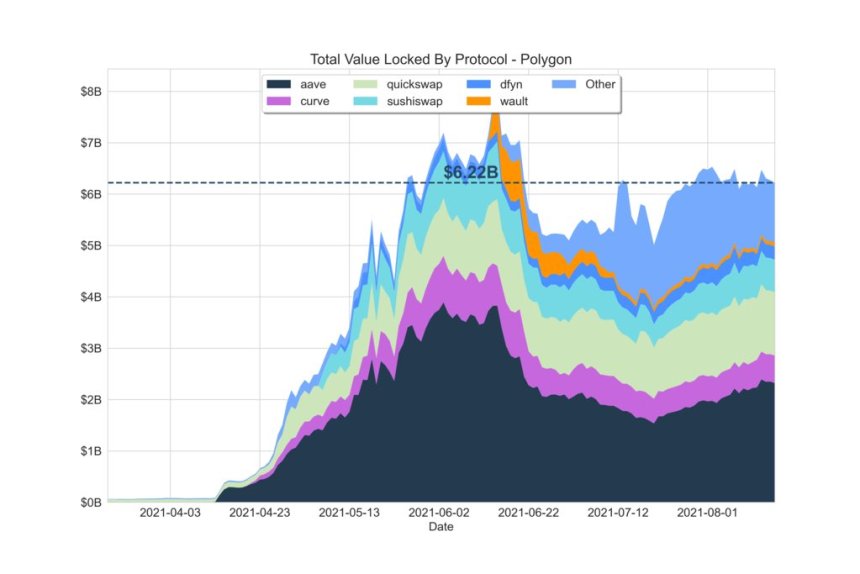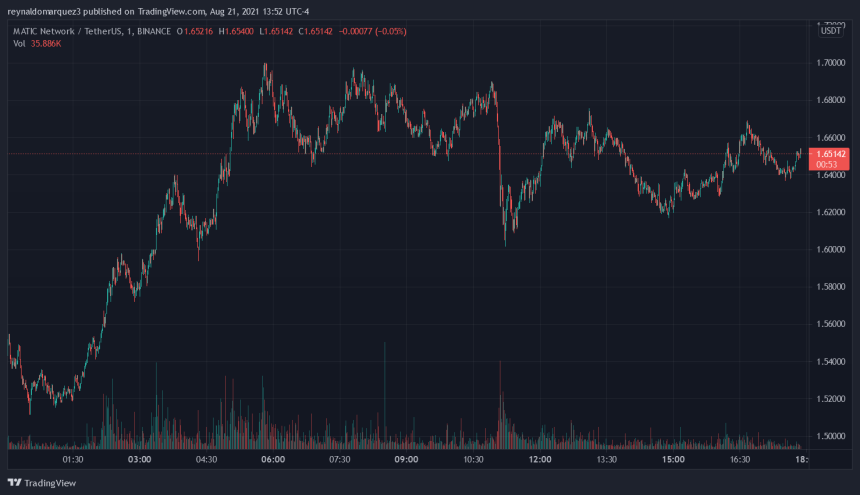Reason to trust

How Our News is Made
Strict editorial policy that focuses on accuracy, relevance, and impartiality
Ad discliamer
Morbi pretium leo et nisl aliquam mollis. Quisque arcu lorem, ultricies quis pellentesque nec, ullamcorper eu odio.
Layer one network Polygon continues to expand and solidified its position in the crypto space. Recently, they announced a new partnership with Filecoin, a network that allows users to store and transfer data via a native marketplace.
The cooperation launched the Filecoin-Polygon Bridge, to increase their interoperability. Built by the Textile team, the bridge enables users to use any Polygon mainnet to connect with Filecoin’s storage and
(…) start storing data on Filecoin from any Polygon address without any conversions, signups, developer tokens, or secrets exchanged.
In addition, Textile, Polygon, and Filecoin announced further incentives for users and developers to leverage the bridge. For the foreseeable future, they will cover all storage costs for every project using the Textile Filecoin Storage Bridge. Thus,
Filecoin will bring greater functionality to Polygon applications that require decentralized and verifiable data storage.
The bridge will be “gradually” improved to increase its usability and will launch a governance model. In that way, the community will have the power to decide the direction of the project and will operate as an additional incentive for users and developers to jump in and participate.
½ 📢 @Filecoin is coming to Polygon!
📂 @textileio’s Filecoin-Polygon Storage Bridge can store data from any Polygon address owner accelerating the Web3 interoperability between Polygon & Filecoin ecosystems.
🌐 Learn more: https://t.co/IN7gcXH4Wo pic.twitter.com/C6Ux0s36aD
— Polygon | Aggregated (@0xPolygon) August 20, 2021
The bridge will benefit from Filecoin’s features, and any app, smart contract, or service will still rely on the InterPlanetary File System (IPFS) to retrieve data. Information will be available on an entity called “storage contract” to be created with miners operating on the Filecoin Network.
One of Textile’s main objectives is to improve Polygon, and other blockchains capacity to hold and transfer data:
Filecoin brings many of the best parts of the IPFS stack, including verifiable data, peer-to-peer (p2p) data exchange, de-duplication, and more. We can create a more secure data storage layer for Polygon applications and their users (…).
An Improve Storage Layer For Polygon, How Does It Work?
According to a blog post published by Textile, the Filecoin Storage Bridge to Polygon is supported by two concepts. The first is “deposit” and is power by an API that enables them to take place on-chain, the second is “storage” power by several APIs that “interact off-chain with a storage validator that will interface with Filecoin”.
This system offers protection against bad actors and potential Sybil Attacks, as users must deposit funds proportional to the length of time that they’d like to keep their data storage, Textile clarified. The default amount to be deposited for an hour of storage is 100GWEI per second or 0.00036 MATIC every hour.
As seen in the chart below, research firm Messari records an increase in total value locked on Polygon. This metric, as research Ryan Watkins said, has many detractors but can be used as a proxy to determine “how much value” users place on the smart contracts running on this ecosystem.

The metric has seen a recovery after a decline during June and is “trending nicely” towards previous highs. At the time of writing, MATIC trades at $1,64 with an 8.3% profit in the daily chart.






















